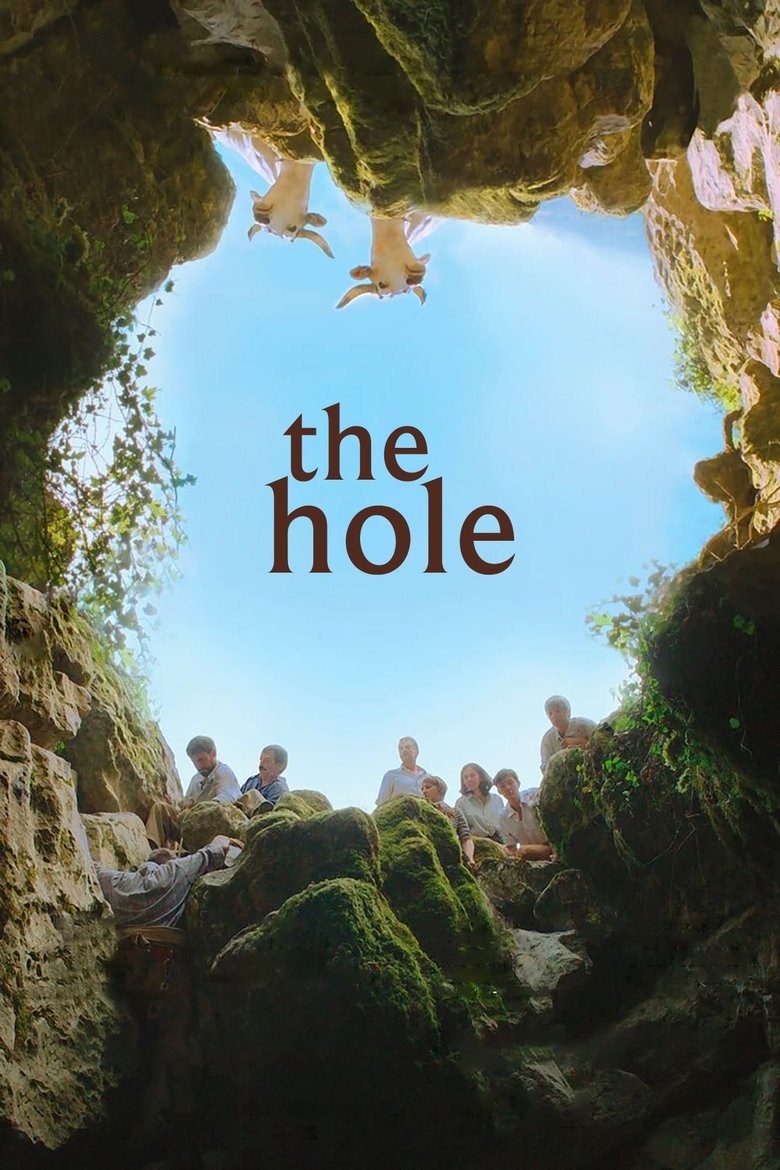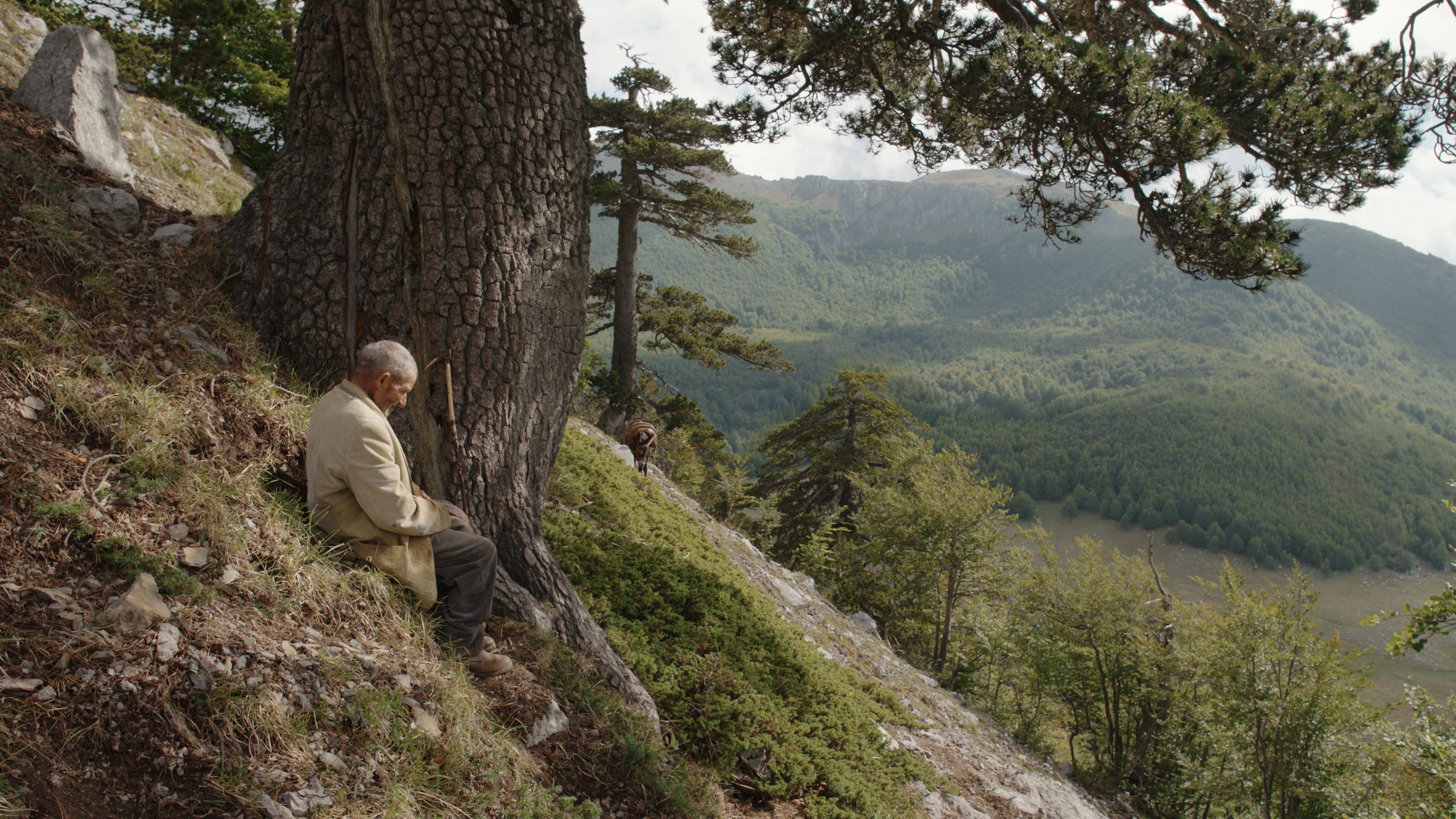With virtually no dialogue at all, this is the ultimate observational documentary - with two strands. The first centres around the recreation of a speleological expedition (from 1961) to explore a cave that stretches deep under the Calabrian plateau. The second features an elderly, weather-beaten, shepherd (Antonio Lanza), whose only means of communication appears to be using sounds similar to those emanating from his herd of cattle. It's not immediately obvious at the start, but gradually - and subliminally - the two stories intertwine with a gentle intensity. The cave has something visceral about it. It's entrance has a kind of primordiality that one could easily imagine being the site of some ancient pagan, mother Earth, rituals. What is also notable from the outset is the technologically basic nature of their work. They attempt to measure the depth of the cave by using burning embers to light their way. Their mapping is all hand (and ink) drawn. Not an iPad or laptop in sight whilst they sleep three in a tent regularly visited by the obliviously grazing residents. Meanwhile the elder gent watches on, seemingly imperviously, until he takes a bit of a turn and is sought by his colleagues before being attended by a doctor who clearly deduces, again without any language, that he is soon to move onto a different plateau. The audio is interesting. The lack of speech allows us to hear the noises of the water, the wind, the animals and that is quite effective. The photography is also pretty stunning, especially down the hole where the rock formations offer all sorts of shadows and textures for what little light the surveyor's helmet-lamps can provide. It is creepy and claustrophobic - I felt that this was just not a place where man belonged. There is a simplicity to this whole production that, though perhaps a little slow at times, offers a glimpse of both nature (natural and human) that has evolved little over many years, and I found it curiously compelling to watch.


